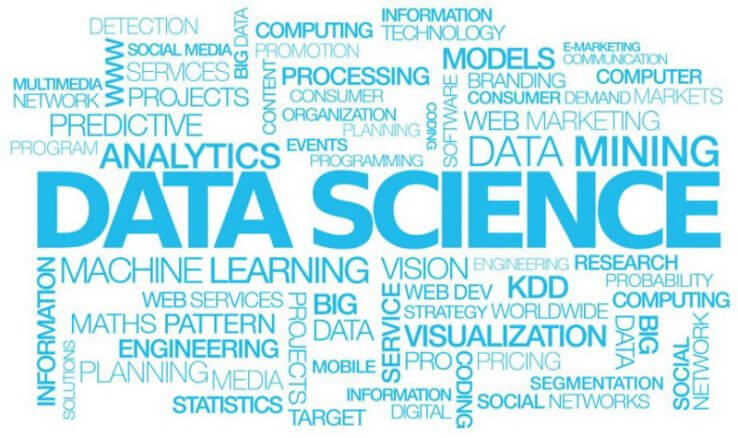Edvancer's Knowledge Hub
How does a data scientist use programming – part 2

This is a continuation of my previous article.
The elements of a data product do not have to be built in a set order. The professional approach is to build by giving the highest technical risk preference. Start with the element that is riskiest first and go from there. An element can be technically risky for a lot of reasons. The riskiest part may be the part you understand the least or it could be the one with the highest workload.
You can build out components in any order by focusing on a single element and temporarily ignoring the rest. If you decide, for example, to start by building an algorithm, have some test input data which need not be very accurate and define a temporary spot to write the algorithm’s output.
Then, implement a data product by giving elements with the most technical risk priority. Focus on a element, stub out the rest and replace the stubs later. For example, assume that you are doing an analysis on employee satisfaction data. You build a model that tells what are the factors influencing happiness and based on this model you decide to perform further analysis as to why those factors had so much importance. So, the objective here is to take to take employees that the model identified as happy, and build a topic model from their unstructured text comments.
Also, the key is to build and run in small pieces: write algorithms in small steps that are easy for you to understand, build the storage one data source at a time, and build your control one algorithm execution step at a time.
The goal is to have a working data product at all times— even if it isn’t fully functional until the end.
Learn Like a Pro
Every pro requires quality tools. There is a plethora of available options. I wanted this section to be a list of those tools, but the state of the art changes at such a rapid rate that the list would be out of date pretty soon after it reached the readers. What’s more useful than a list of tools are techniques for learning these new tools quickly and putting them to productive use.
The way that new data science tools are usually presented, you have to be well versed in a lot of theoretical background before the tool can be applied to anything meaningful. Most of the data scientists are what Jeanette M. Wing refers to as a computational thinker. Data scientists think in terms of simple discrete transactions and they understand things by test-running them and observing the output. For data scientists, the mundane thought of sitting through lectures, doing homework, reading technical specifications is just…uuuugghhh!
Here’s an alternative way of learning new tools:
1.Find a problem (small, but meaningful).
Share this on





Follow us on




- Choose a tool.
- Get the tool to produce some output—any output.
- Tinker with Step 3 until you’ve addressed Step 1.
Manu Jeevan
Manu Jeevan is a self-taught data scientist and loves to explain data science concepts in simple terms. You can connect with him on LinkedIn, or email him at manu@bigdataexaminer.com.
Latest posts by Manu Jeevan (see all)
- Python IDEs for Data Science: Top 5 - January 19, 2019
- The 5 exciting machine learning, data science and big data trends for 2019 - January 19, 2019
- A/B Testing Made Simple – Part 2 - October 30, 2018
Follow us on
Free Data Science & AI Starter Course

